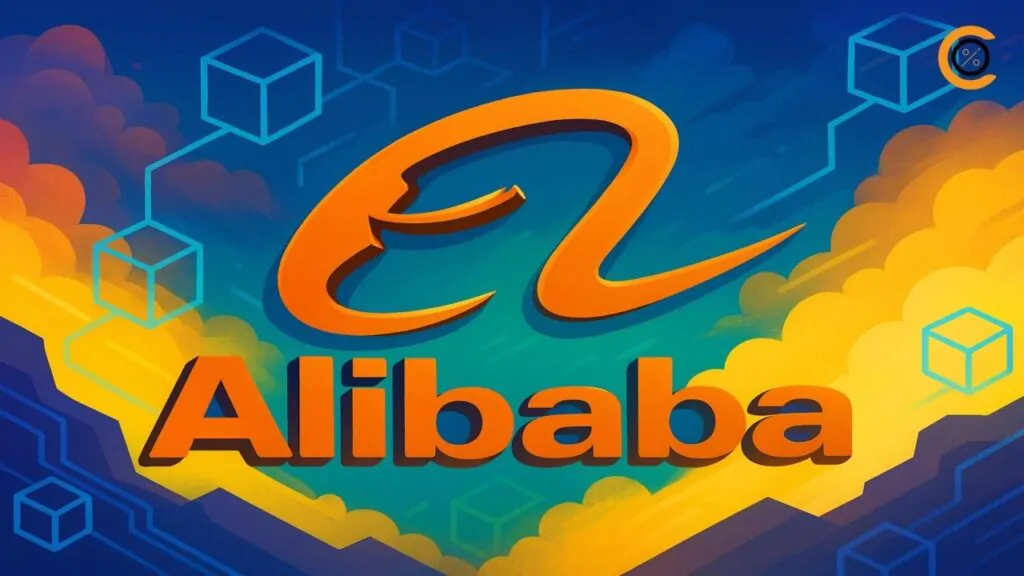- •Mastercard expanded Crypto Credential to self-custody wallets through Polygon and Mercuryo, enabling verified alias-based transfers.
- •Visa now supports dual-stablecoin settlement with Wirex on Stellar, allowing USDC and EURC to settle Visa card transactions directly on-chain.
- •Together, these updates reflect a broader shift toward blockchain-native payments focused on speed, security, and verified user flows.
The latest updates from Mastercard and Visa point toward a clear shift in how global payments are evolving. The Mastercard and Visa on-chain payment expansion is not a future concept anymore. Both companies are pushing blockchain deeper into their operations, focusing on stablecoin settlement, wallet verification, and simplified user experiences. The announcements from November highlight how traditional payment networks are gradually embedding on-chain processes into everyday financial interactions.
Mastercard Expands Crypto Credential to Self-Custody Wallets
Mastercard partnered with Mercuryo and Polygon Labs to extend Mastercard Crypto Credential into self-custody wallets, aiming to make digital asset transfers feel closer to traditional payment flows. The upgrade replaces long, complex wallet addresses with simple, verified aliases that are mapped to user-controlled wallets. According to the company, this shift improves accessibility and supports a trusted environment for transferring digital assets.
Polygon is the first blockchain network to support this rollout, chosen for its speed, low fees, and payments-focused infrastructure. Polygon’s recent upgrades, including improvements that reduce reorg risk and provide faster settlement, make it suitable for verified identity mappings and high-frequency transactions. Mercuryo will onboard users and issue the credentials after KYC verification, ensuring wallet aliases correspond to real individuals.
Once verified, users can link their self-custody wallets to these aliases and receive crypto through a username-like identifier. Sending functionality is expected to follow. Users may also request a soulbound token on the Polygon blockchain to signal their verified status, which helps maintain compliance with requirements such as the Travel Rule. Mastercard describes this as an important milestone in making self-custody intuitive and secure, with the overall goal of supporting scalable and developer-ready Web3 applications.
Related read: Swift Teams up with Consensys to Integrate Blockchain for Cross-border Payments
Visa Supports Dual-Stablecoin On-Chain Settlement With Wirex and Stellar
Visa’s update arrives through its partner Wirex, which has gone live with dual-stablecoin settlement using USDC and EURC on the Stellar network. With more than seven million users, Wirex now settles card transactions directly with Visa on-chain rather than relying on traditional intermediaries. This development allows payments to be processed in real time, offering lower fees and increased transparency.
The Stellar Development Foundation supported the launch, emphasizing that USDC and EURC transfers can be executed at scale without relying on legacy banking rails. Visa confirmed that it is working with partners like Wirex to explore how stablecoins and blockchains can enhance payment experiences. This approach allows Visa-linked transactions to benefit from 24/7 settlement availability, faster processing, and programmable transfer logic.
Wirex’s system uses its own on-chain settlement infrastructure, Wirex Pay, to connect self-custody wallets with card and banking payments. Customers do not need to change how they use their cards, as the upgrade primarily impacts the settlement layer. This dual-stablecoin model supports both USD and EUR regions, making it more flexible for international users and partners.
Also read: Coinbase Abandons Acquisition of BVNK After $2B Talks
A Clear Push Toward Blockchain-Native Payments
The Mastercard and Visa on-chain payment expansion signals a coordinated shift from concept to implementation. Mastercard is focused on verified, alias-based transfers for self-custody wallets, while Visa is enabling real on-chain settlement using widely adopted stablecoins. Both approaches move major parts of the payment process onto blockchain networks without altering the familiar user experience on the surface.
These developments show steady progress toward payments that are faster, more transparent, and designed for a global on-chain economy. As both companies continue their integrations with blockchain partners, on-chain settlement and verified wallet interactions are becoming a practical part of how digital payments work.
- PRNewswire – Mastercard expands Crypto Credential to self-custody wallets – (Nov 18, 2025)
- Polygon Labs – Mastercard selects Polygon for verified wallet aliases – (Nov 18, 2025)
- PRNewswire – Wirex and Stellar launch dual-stablecoin Visa settlement – (Nov 18, 2025)
- Wirex – Dual-stablecoin settlement now live for Visa payments – (Nov 17, 2025)






